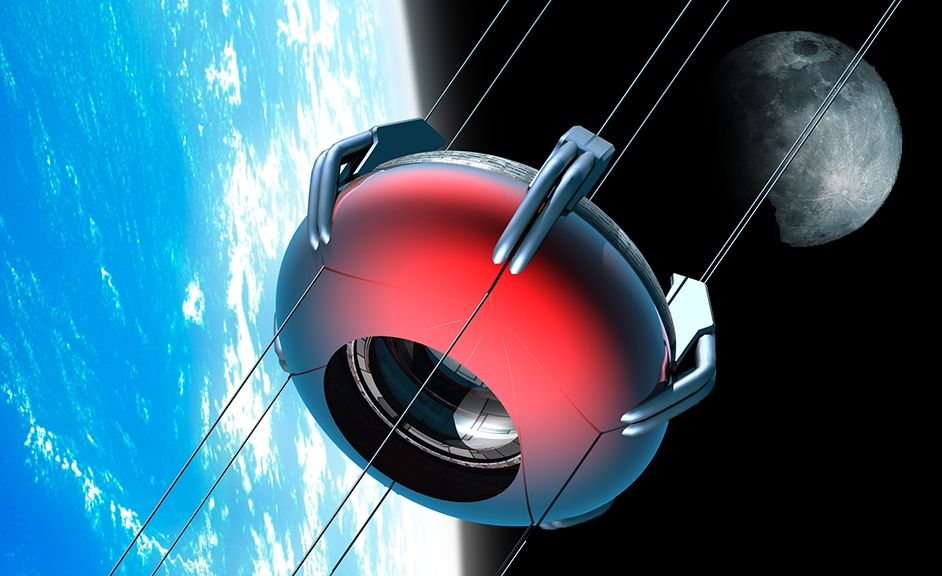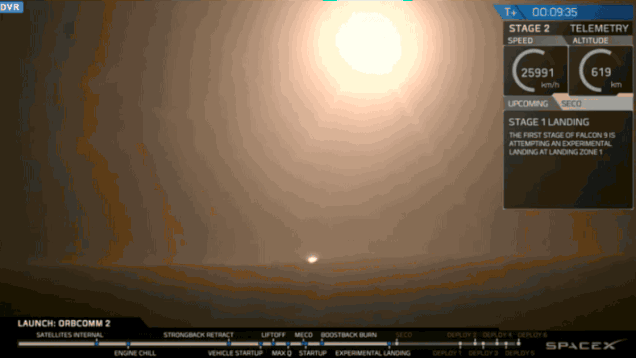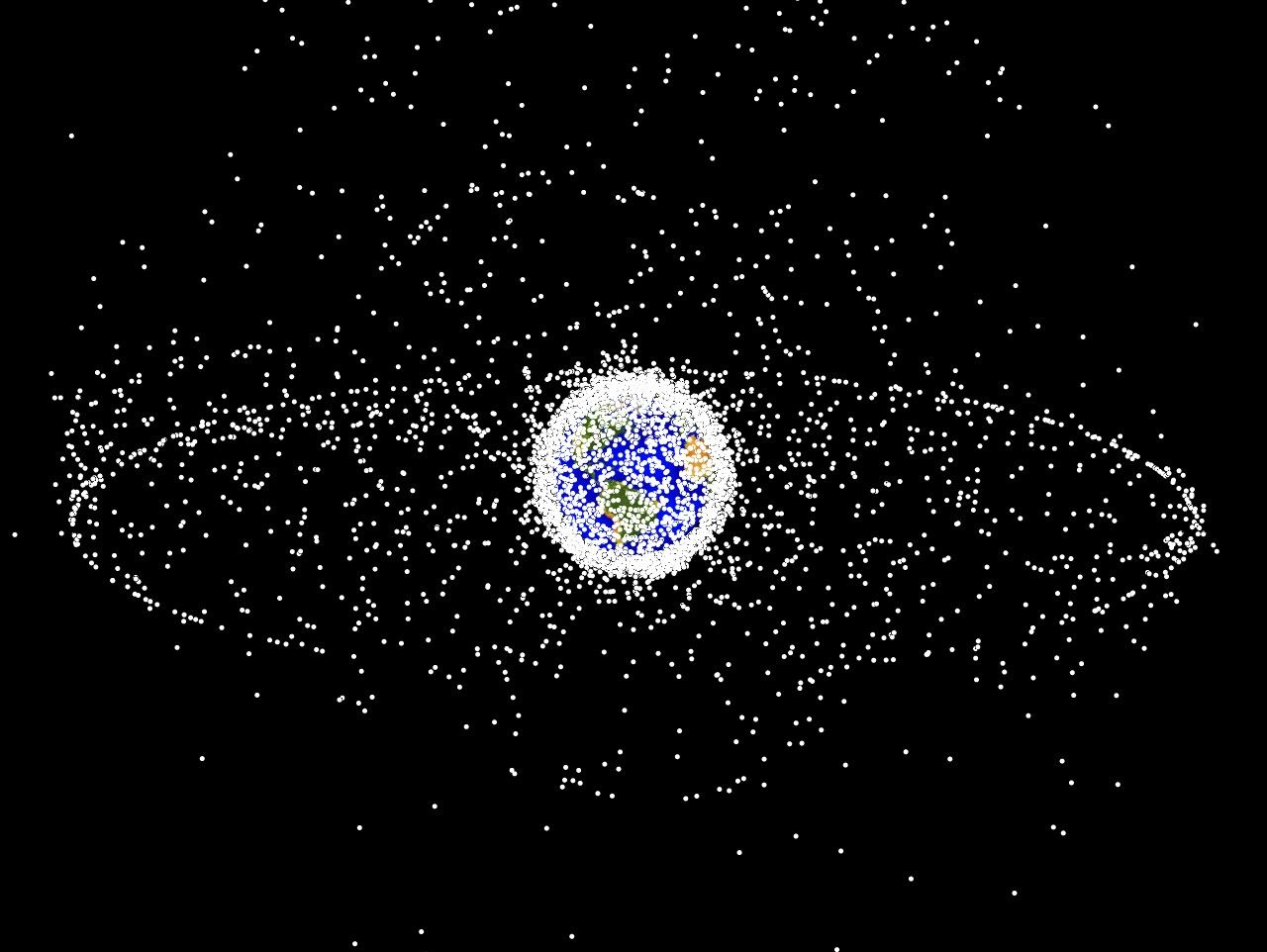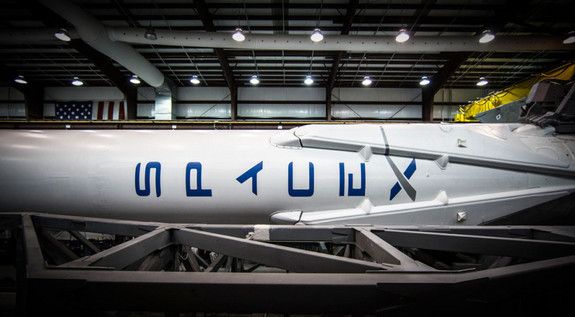Archive for the ‘satellites’ category: Page 184
Jan 18, 2016
Space elevators will become feasible
Posted by Klaus Baldauf in categories: materials, satellites, space
The material to create space elevators will be developed by 2030, enabling a new golden age of space travel, according to a study published in the journal New Space.
“The material needed to have a 100,000 km rope will become real before 2030 and enable the creation of this low-cost access to space,” wrote Cathy W Swan, of SouthWest Analytic Network, Peter A Swan and John M Knapman, of the International Space Elevator Consortium, and David I Raitt, retired from the European Space Agency.
A space elevator would make launching people, satellites and craft into geostationary orbit dramatically cheaper than at present, with the researchers estimating it would drop from the current prices of $25,000 per kg for commercial launches and $40,000 per kg for governmental launches to $100 per kg for materials.
Jan 8, 2016
Sun Still Capable Of Monstrous Super-Flares, Say Astronomers
Posted by Bruce Dorminey in categories: energy, satellites
The Sun is still active enough to generate high-energy super X-class flares, according to new multi-spectral analyses of other nearby sun-like stars being presented at a meeting of the American Astronomical Society (AAS) in Florida.
Satellite-destroying X-flares from our own Sun are likely to occur only once every 250 to 350 years, but they could still have catastrophic effects on satellites, astronauts, and power grids, Edward Guinan, a Villanova University astronomer and the research lead, told me from Orlando.
“For the present Sun, statistically, we estimate about one X100 solar flare once per 300 years and a flare ten times larger as [happening] once every 18,000 years,” said Guinan.
Dec 23, 2015
Airborne innovation | The Economist
Posted by Odette Bohr Dienel in categories: big data, business, drones, governance, satellites
Dec 22, 2015
SpaceX Finally Manages to Land an Orbital Rocket Back on Earth
Posted by Sean Brazell in categories: satellites, space travel
Right on schedule, SpaceX’s Falcon 9 booster made a beautiful soft landing at Cape Canaveral Air Force Station moments ago. It’s a huge moment in the history of spaceflight, marking the first time a rocket has ascended into orbit and landed back on Earth.
The prospects for the reusable rocket system SpaceX has been chasing for over a year are that much better.
At 8:29 pm ET, SpaceX launched its upgraded, Falcon 9 rocket carrying a payload of 11 Orbcomm communication satellites into low Earth orbit from Space Launch Pad 40 at Cape Canaveral Air Force Station. Minutes later, the second stage separated from the first and continued to propel its payload into higher orbit.
Nov 12, 2015
Iceye — Global monitoring, when it matters
Posted by Klaus Baldauf in categories: innovation, satellites
The ICEYE system is unique because we do not rely on traditional optical imaging technology. Unlike camera technology, our radar is not limited by the same requirements – it’s capable of viewing through cloud cover, bad weather, and darkness, providing unlimited access wherever it’s needed.
The timeliness of the imaging service is always limited by the speed of access to the target site. We’ve applied miniaturization and industrial manufacturing to the field of radar imaging. This allows us to launch not just one, but tens of satellites and ultimately reduce the response times from days to minutes.
“We believe this breakthrough in earth imaging is going to have a real positive impact on the world.”
Oct 20, 2015
U.S. Plans $6 Billion Investment in Space Situational Awareness
Posted by Laura Samsó in categories: business, military, satellites, science, security, space, surveillance
Oct 19, 2015
SpaceX Changes Its Falcon 9 Rocket Return-to-Flight Plans — By Peter B. de Selding | SPACE.com
Posted by Odette Bohr Dienel in categories: business, Elon Musk, satellites
“SpaceX on Oct. 16 said it had changed its Falcon 9 return-to-flight plans and would first launch 11 small Orbcomm messaging satellites into low Earth orbit, and then test reignition of the rocket’s redesigned second-stage engine during the same flight before launching SES’s heavier telecommunications satellite into higher orbit, a mission that will need the reignition capability”
Tags: GEO, LEO, SpaceX, telecommunications
Aug 19, 2015
Get Ready To 3D Print Your Own Satellites In Space — By Neel V. Patel | Inverse
Posted by Odette Bohr Dienel in categories: 3D printing, satellites, space

“A California startup called Made In Space wants to make 3D for use in orbit. The idea is to give consumers the opportunity to allow their own satellites to be built right there, several hundred miles above Earth’s surface. Plans are in motion to send up a printer capable of accepting printing instructions from the public and building whatever someone on the ground has in mind.”
Jul 26, 2015
Intelsat to FCC: For the love of satellites, STOP ELON MUSK! — Neil McAllister, The Register
Posted by Seb in categories: Elon Musk, satellites
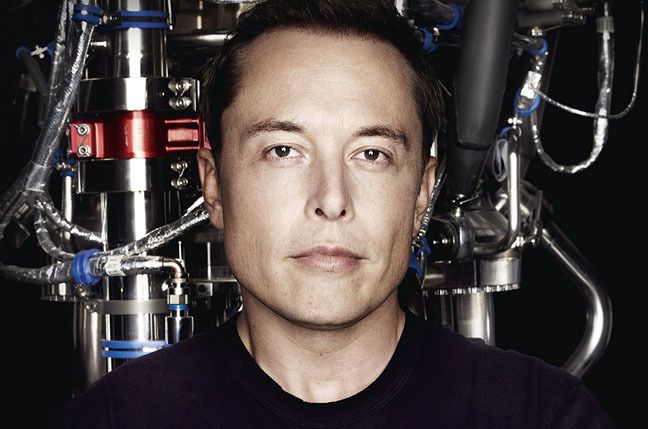
Elon Musk wants to use his commercial SpaceX rockets to put satellites into orbit that will bring broadband to the next billion, but one of SpaceX’s own customers has thrown a wrench into the works.
Musk’s plan involves encircling the globe with a few thousand high-capacity, low-latency satellites that the Tesla Motors boss says should be able to deliver broadband internet at speeds comparable to optical fibre. Read more

